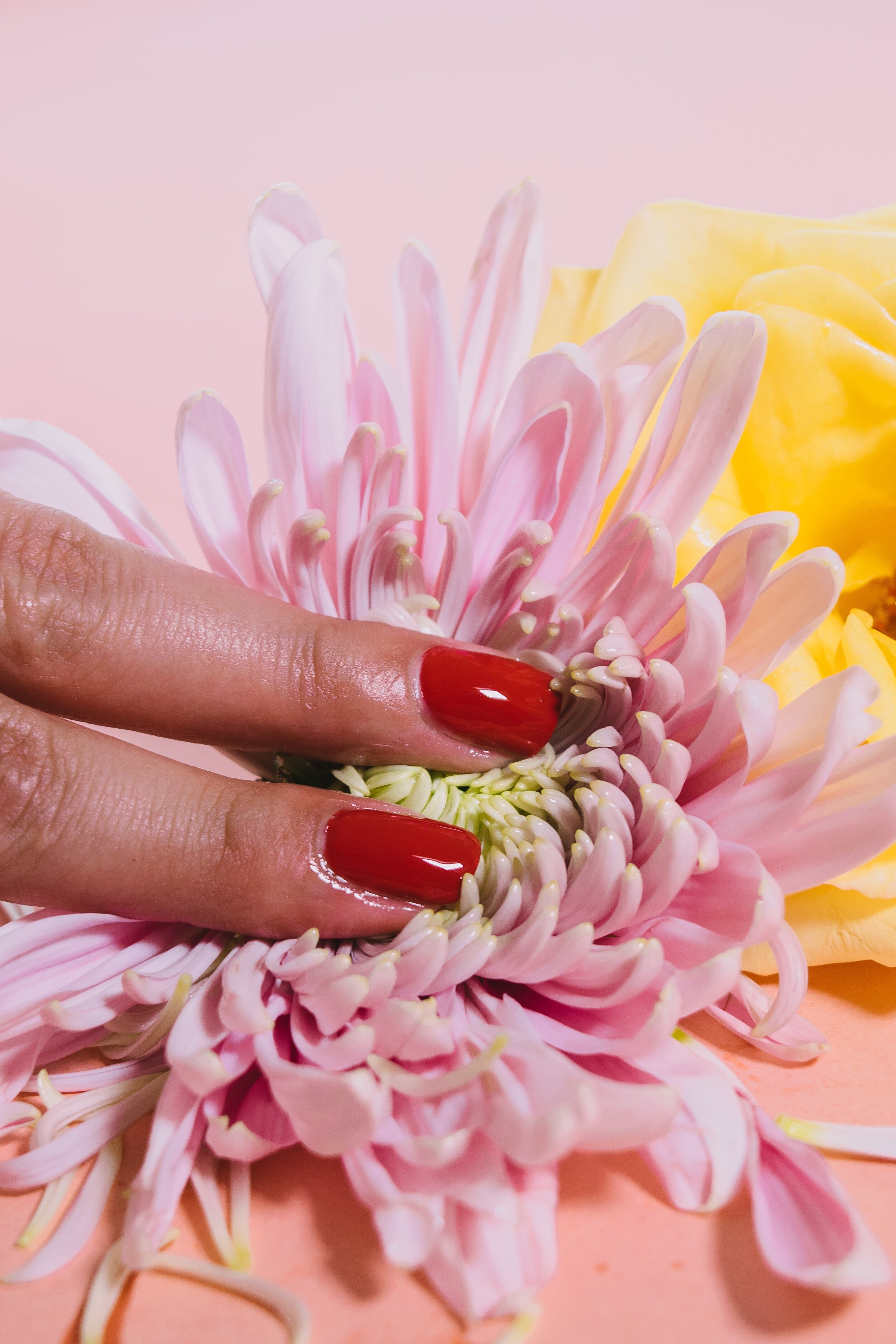Why is Labour Painful?
Siobhan Ridley
Why does my body hurt?
Really think about that question. Hint: the answer isn’t ‘because the body is hurt’.
It’s our body communicating with us. The brain feels the pain.
My 1 year old, Jasper, was playing with a loose rock on a low ledge in the garden and he dropped it on his foot -> He felt pain -> He cried -> I came and gave him a cuddle and rubbed his foot -> he stopped crying and carried on with his playing. He had a bruise for a few days and about a week after the event he was in the same spot of the garden by the rock on the ledge. He played with it. He saw it wobbling. And do you know what he did? He shuffled his feet away from the ledge. The rock eventually fell and missed his foot.
What you see here are two purposes of the communication between the body to the brain and the brain. The brain felt ‘pain’ so that it could achieve:
Immediate comfort to the damaged foot, and emotional comfort.
Learning.
Survival is a fundamental driver in so many aspects of our biology and our choices.
What has this got to do with birth?
The sensations of labour - how and why you have them and what influences them, is complex. Environment, physiology, emotional and psychological states, all play an intrinsic part in what labour feels like.
But if we go back to our story about Jasper and his reason for feeling pain and we apply that simplified logic to labour, perhaps we can look upon labour sensations as communication. Instead of the word ‘PAIN’ let’s use all the adjectives in our beautiful language to describe what we feel. Let’s think about what we specifically feel and where we feel it and for how long and in the context of the other sensations we’ve had.
Then we begin to actually listen to the communication from our body.
This communication might tell us about the baby’s position and that we need to rock, walk, lunge. It might tell us about where the baby is in the pelvis. It might tell us where we’re holding muscular tension so that we can soothe it, relax it and therefore allow space inside for our baby. It may tell us we need help. It may tell us we need to refuel with some food, or empty our bladder or slow down. It could be telling us that our fear is holding everything too tightly and we need to relax and let go. It may tell us many things but we can’t hear if we’re blinded by a single word - PAIN and a belief that labour exists to create a right of passage of suffering through which we must scream and bite and clench.
But how can we listen?
PREPARATION
Understand your complete birthing physiology and how to optimise your birth hormones.
Discover how to be in emotional control and banish fear from your birth.
Practice using other more specific words to describe pain. Such as: pressure, bruise, scratch, stinging, heat, ache, throb etc. And if you need to use a category term switch pain out in favour of ‘Discomfort’.
Witness births where people are working through their sensations and smiling in between, where faces express power, strength, calm, confidence, connection. This provides balance to your expectation of what labour might feel like.
DURING LABOUR
Shut off the outside world...go deep within yourself and allow everything else to just fall away.
Move your body. Use your space however instinctively feels right.
Trust your baby.
Trust your body.
Trust your instincts.
A L L • T H E • F E E L S


